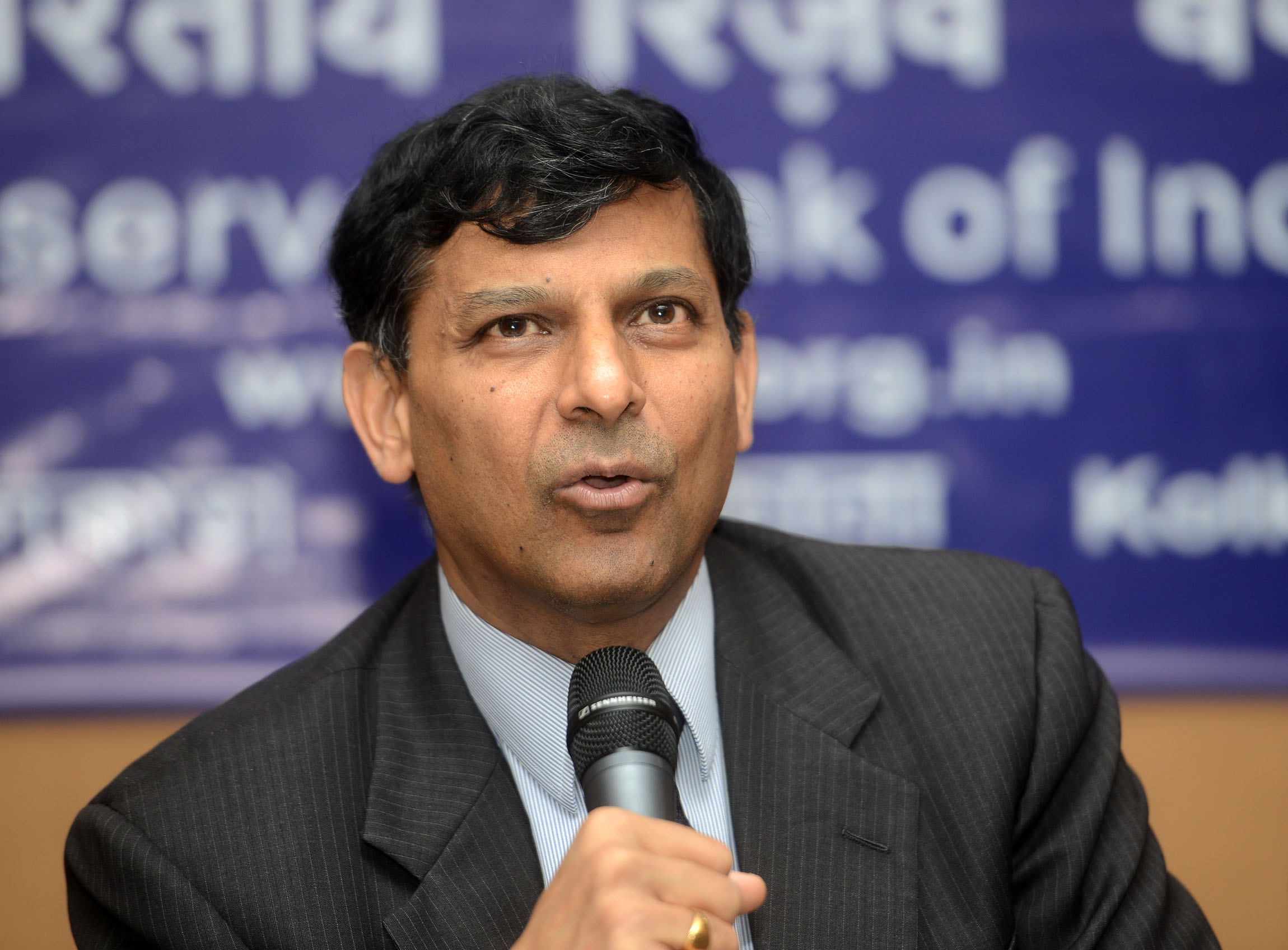
The response of the former governor of the Reserve Bank of India, Raghuram Rajan, to the parliamentary estimates committee's query on non-performing assets has triggered off the usual fault-finding exercise. According to the former governor, NPAs began to grow rapidly during the United Progressive Alliance government's time and then continued in the National Democratic Alliance regime. The data on public sector scheduled commercial banks alone indicate that these entities have bad loans to the tune of 14.6 per cent. Mr Rajan has identified a number of reasons for this. Optimistic bankers were basically pushing loans when the economy was doing well. There has been fraud by wilful defaulters. The slowdown in economic growth and poor governance in banks have been important causes too. Banks have a propensity to deny that loans have gone sour. This is the so-called band-aid approach where it is hoped that the company's fortune will recover and repayments will be regularized. This seldom happens.
Now, most of the cases will require deep surgery if banks' balance sheets are to be cleaned up. In 2013-14, the debt recovery tribunals and the use of the Securitization and Reconstruction of Financial Assets and Enforcement of Securities Interest Act, 2002 resulted in only a 13 per cent recovery of outstanding bad debt. Advances to industry have the highest proportion of NPAs followed by services and agriculture. Recently, more stringent actions are being considered. There have been reforms in bankruptcy and insolvency codes. There had also been proposals in bills presented in Parliament where, in extreme cases, banks might have been allowed to write off bad assets by simultaneously reducing their liabilities (deposits by customers) to balance their books.
Mr Rajan's message appears to be that industrialists get support from politicians irrespective of any particular party. Corrupt bankers oblige, or are forced to oblige. Finally, risk assessments during decisions made on advances are poor, and hence a deteriorating economic environment can raise the chances of projects becoming unprofitable. His suggested solutions are aligned with his diagnosis - improved governance in banks, improved project evaluation, better risk assessment, and a tighter recovery process. Mr Rajan clarifies that an effective recovery process is not necessarily ruthless but based on continuous monitoring and negotiated solutions. Only when all such options have been exhausted, the case should be referred for insolvency and bankruptcy procedures. These solutions look good on paper. But as long as political pressures guide public sector decisions, and as long as politicians remain dependent on largesse from industry, no transparent mechanism can function well. What is of concern in this context is that a piling up of NPAs can lead to a strain on the entire financial system that can eventually emerge as a systemic crisis.










